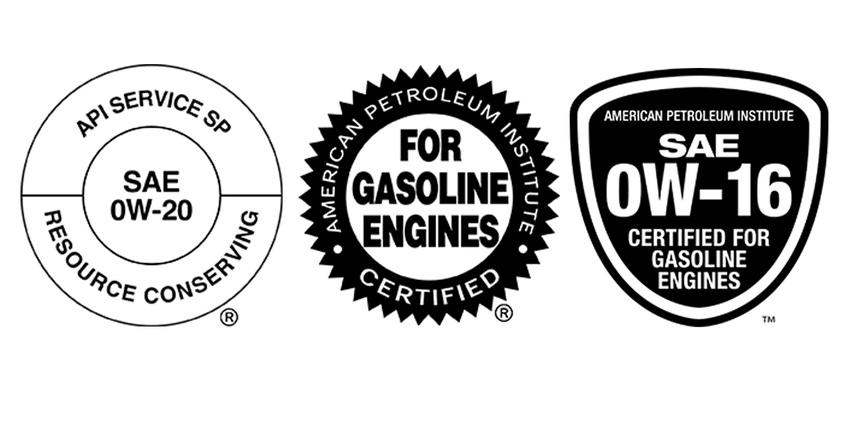July 17, 2019

Gasoline engines in cars and trucks are undergoing significant changes as manufacturers work to improve performance and fuel economy. Those newer engines, and those proposed for the future, push the envelope for a range of performance factors, and the petroleum industry has to keep up with lubricants that can meet those needs.
Kevin Ferrick, director of product programs, American Petroleum Institute, explains that the challenge for the industry is to make sure new engine oil standards show improved engine protection “designed to ensure that engine oils perform appropriately in engines more representative on the road today — or what’s coming.”
And to meet the changing gas engine requirements, API has introduced three new engine standards. Two of those standards are the latest in a line of more stringent performance specifications from the International Lubricant Specification Advisory Committee — GF-6A and GF-6B. The third standard, AP SP, is API’s newest engine oil performance standard. That API SP includes all ILSAC requirements except for fuel economy improvement, while providing performance requirements for oils that fall outside ILSAC-member recommendations.
The new standards can be licensed under API’s Engine Oil Licensing and Certification System beginning May 1, 2020.
“We’re covering items with the new standard not measured or watched before,” Ferrick points out. He explains there are two new tests conducted for this latest oil standard, the Low Speed Pre-Ignition Test and another test for protection of the timing chain.
He notes that smaller turbo-charged, direct-injected engines can be subject to a pre-ignition event that can cause engine damage; the new oil standards are designed to help prevent the problem. Also, timing chains are getting more attention from manufacturers.
Labels and oils
The GF-6A standard is backward-compatible with current engine oils. “The GF-6A is the standard behind the ‘starburst’ label,” Ferrick says. “This standard is backward-compatible with GF-5 oils, and will be the one many consumers use.”
GF-6B is backward-compatible where 0W-16 oils have been recommended, and it will carry a shield label noting SAE-0W-16 certification for gasoline engines. “The consumer may see that their Toyota needs 0W-16 oil, and they are recommended to get an API-licensed oil.”
The shield and the starburst show the consumer these oils are certified to the new standard and meet the more robust requirements. As for oil viscosity, Ferrick notes most consumers know what they need.
“Most consumers know the recommended viscosity because it’s embossed on the fill cap,” Ferrick says.
Oils licensed under the new standard to meet the GF-6A standard will be allowed to display the API Certification Mark starburst and may be used where oils meeting the older GF-5 standard, or earlier oil standards, were recommended. Oils that meet the GF-6B requirement will be allowed to show a new mark, the API “shield,” and may be used where SAE 0W-16 oils meeting the API SN have been recommended. The familiar API “doughnut” will go on all certified oils.
API rolled out the new shield at automakers’ request to prevent confusion and ensure 0W-16 oils are used only in applications where they are recommended.
Development of these new oil standards has been in the works for seven years, which included development of seven new tests. Next step is for oil marketing companies to bring out new oils that meet these standards.
About the Author(s)
You May Also Like






